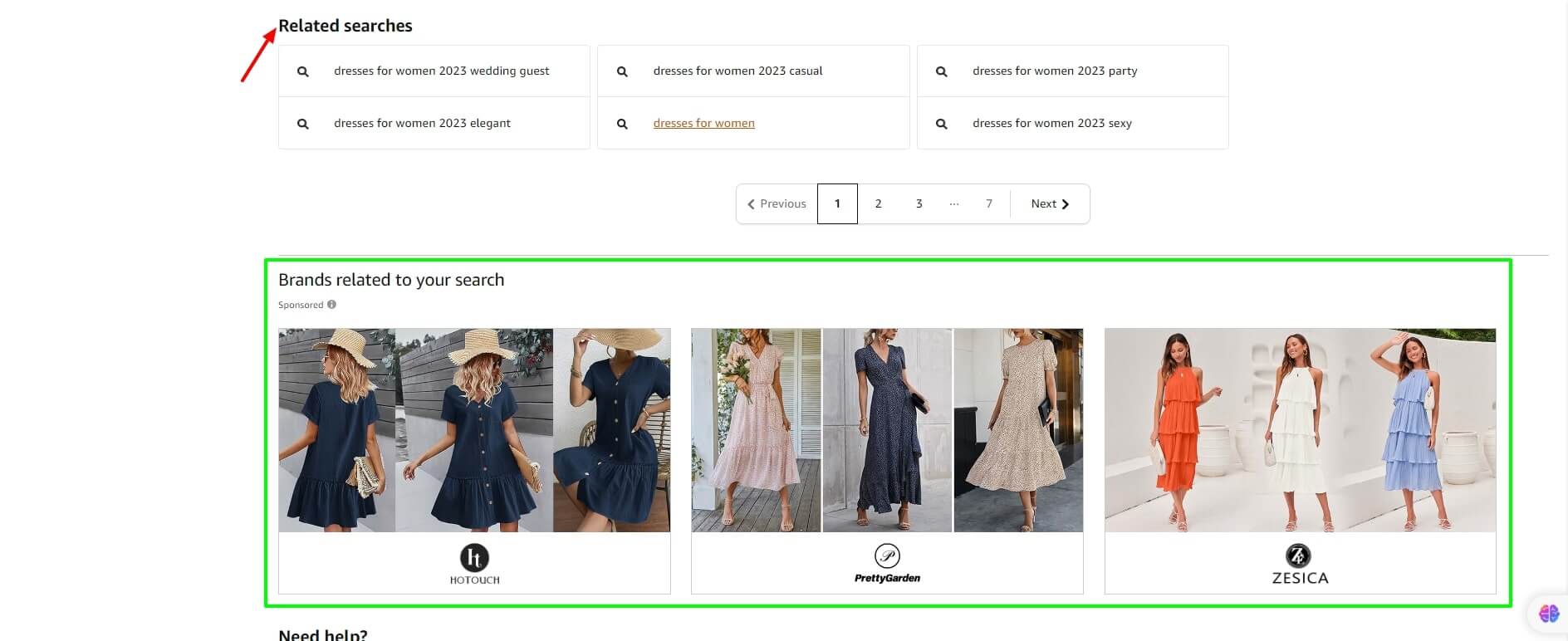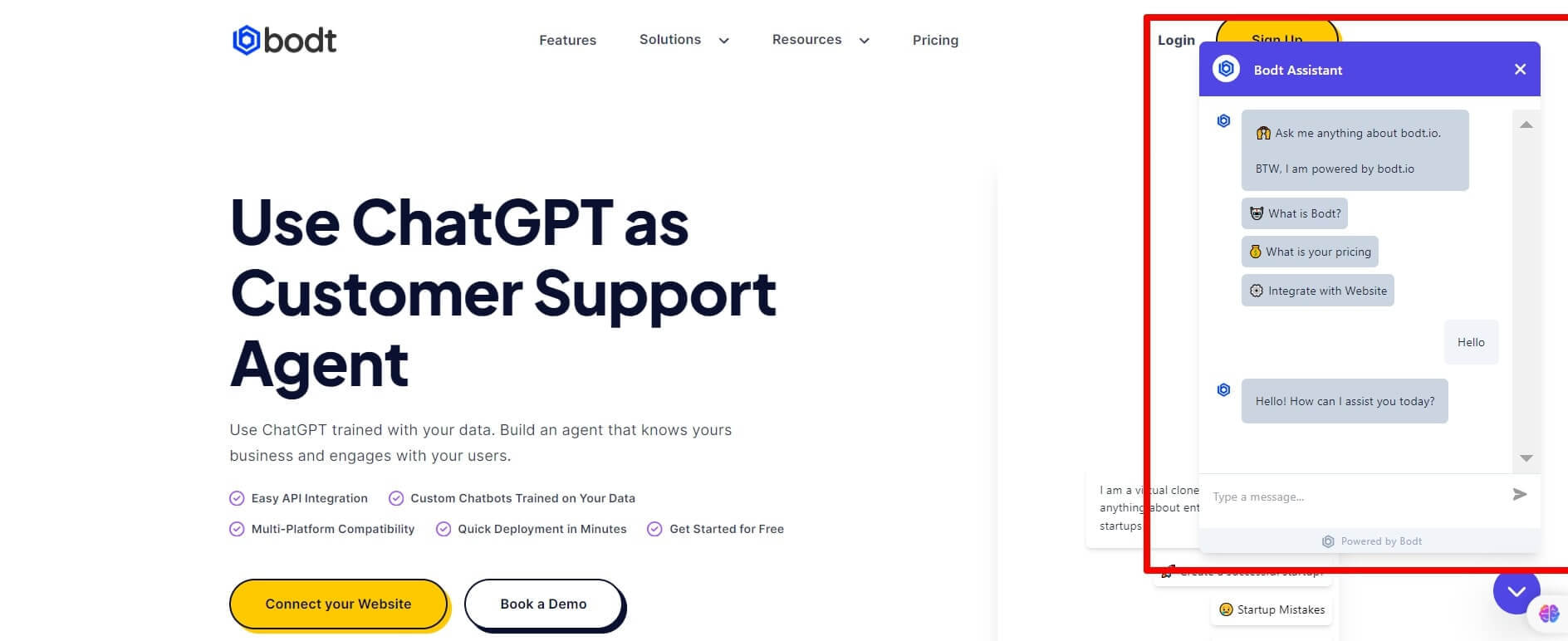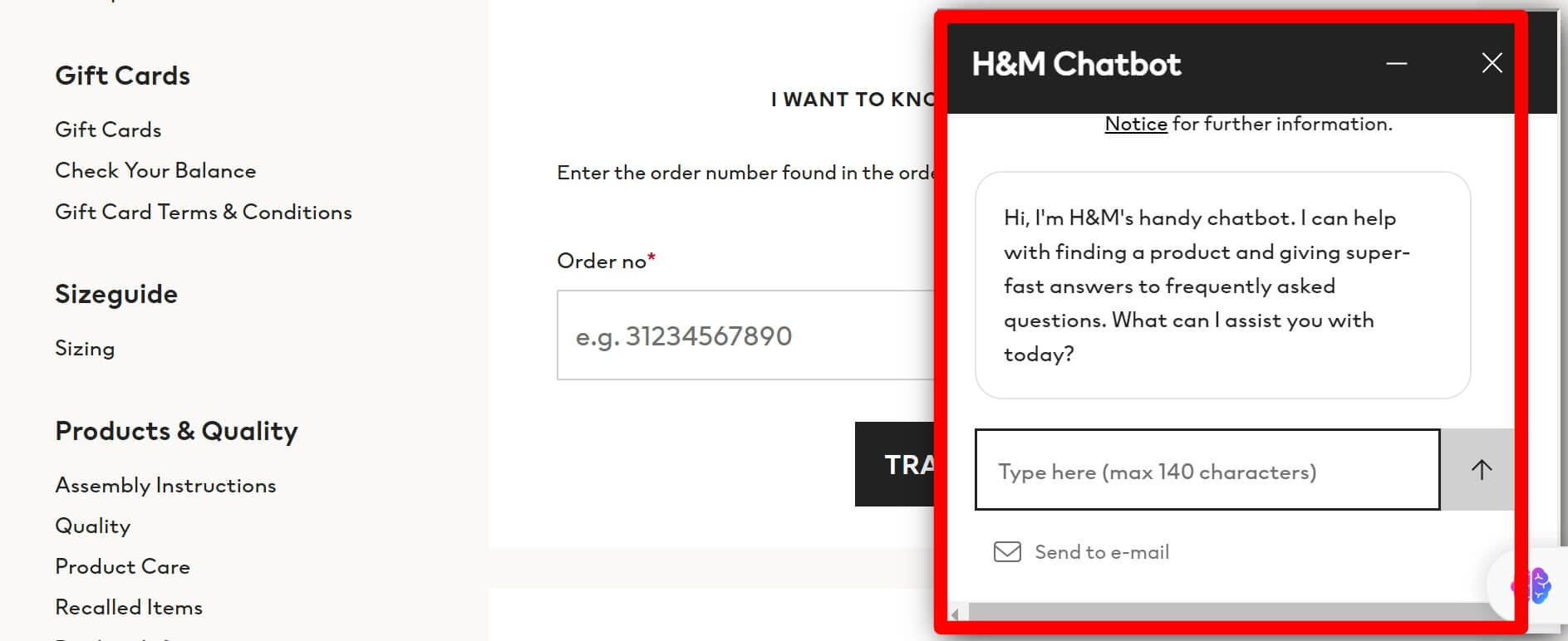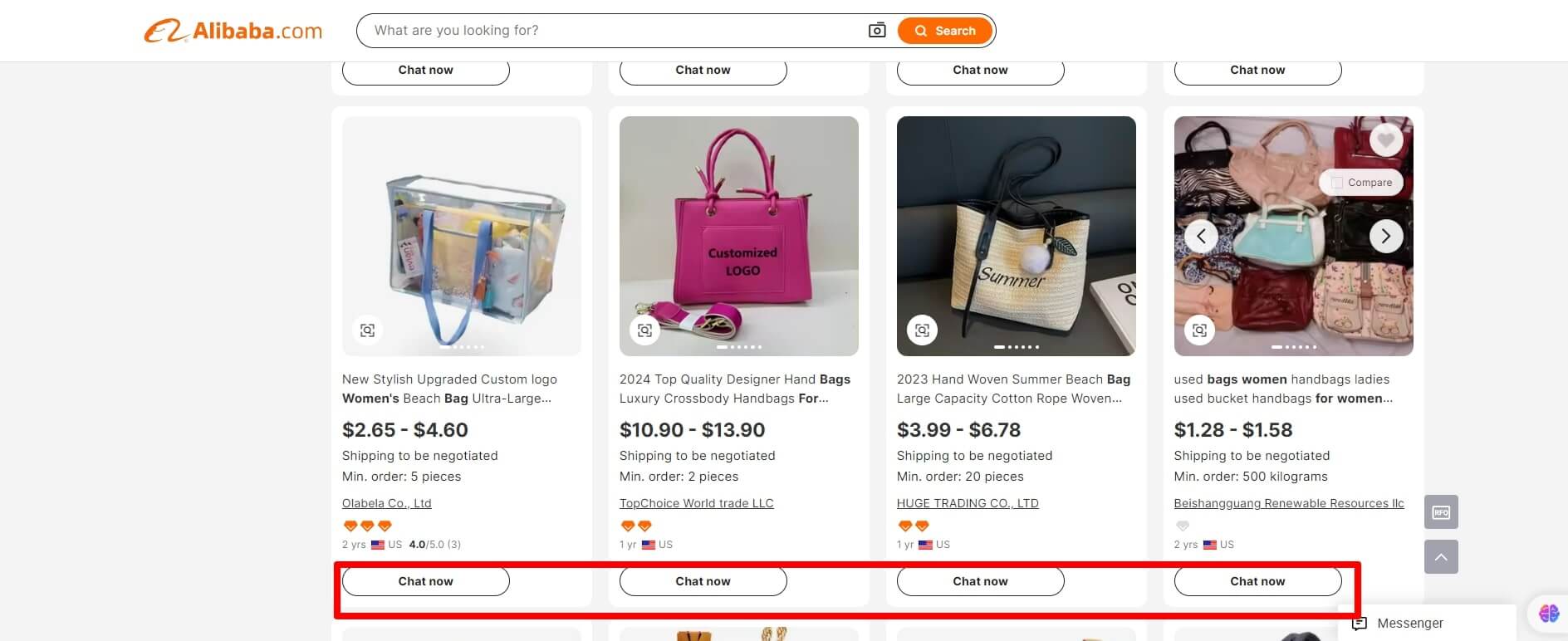
Every customer today falls into a unique marketing segment. With advancements in digital technology, online store owners can target their customers more precisely through AI. In the past twenty years, artificial intelligence has changed from a futuristic idea into an essential part of how modern businesses work. Its usage in eCommerce has grown significantly and is expected to keep increasing. A recent study shows that 84% of eCommerce businesses are either currently implementing AI solutions or have made it a top priority. The ecommerce limitless artificial intelligence not only makes our shopping experience better but also handles a lot of work behind the scenes. It personalizes the shopping experience, offers helpful insights by analyzing data, and manages inventory automatically. As AI gets more advanced, the possibilities keep growing. This guide will give you a complete look at how ecommerce limitless artificial intelligence is changing online shopping and what exciting improvements we can expect soon.
Personalization and Customer Experience
One important aspect of ecommerce limitless artificial intelligence is that it gives customers personalized product recommendations based on what they like and how they shop. How's this possible? AI collects data about you from purchase history, browsing habits, search queries, social media activity, and even your demographics. It then uses advanced algorithms to analyze this information, identifying your preferences and buying patterns. Based on this analysis, these intelligent algorithms predict what products you might like or need in the future.
Examples of AI-driven Product Recommendations and Targeted Marketing
Many ecommerce businesses use AI to make product recommendations. For instance, Netflix uses AI to recommend movies and TV shows based on your previous watch. This allows them to consistently improve personalization and customer experience using AI-driven product recommendations and targeted marketing. Another company that uses AI for targeted marketing is Amazon. This AI picks out products for customers, guessing which ones they will love and buy. Using the item-to-item collaborative filtering, It looks through loads of data: past purchases, items in the cart, things customers have checked out but didn’t buy, and what’s trending with other shoppers. With this, they make personalized recommendations and lead customers to products they didn't think they needed. Reports reveal that 35% of Amazon's sales come from these AI-driven suggestions.

So, what impact does this have on customers? Personalized experiences make shopping more engaging and relevant. It helps create a more intimate and rewarding shopping experience, benefiting customers and businesses.
AI-powered Chatbots and Virtual Assistants
AI-driven chatbots and virtual assistants (VAs) enhance the customer experience in eCommerce by providing 24/7 support. They handle common questions about products, orders, and returns, easing the workload for human agents. Also, they can recommend products and special offers based on user interactions and purchase history. Users can receive real-time updates on their orders and delivery status. Meanwhile, you can check out top platforms offering chatbots for customer support like Bodt, Zendesk, Drift, and lots more.

Use Cases of AI Virtual Assistants in the Purchase Process
Ecommerce businesses like Sephora have found a way to make choosing beauty products easier using AI chatbots. They discovered that many customers felt overwhelmed by the endless options and spent too much time searching for the right product. To solve this, Sephora introduced chatbots that act like digital beauty consultants. These chatbots don’t just give generic answers; they interact with you, offering personalized advice based on your responses. This approach was a hit. Now, Sephora even offers a chatbot service on Facebook Messenger where you can get a virtual color match, book beauty sessions, and chat with KikBot, a friendly makeup expert with plenty of beauty tips and tricks. As a result, the chatbot achieved an 11% higher conversion rate for booking in-store makeover appointments than any other channel.

Benefits of AI Chatbots in Improving Customer Service Efficiency
The benefits of AI-powered chatbots cannot be overemphasized, especially the level of customer support they provide. Some of them include:
- Boost Customer Engagement
Chatbots make interactions more personal by suggesting products or services based on what customers like. They use carousels, emojis, gifs, and images to make customer self-service more engaging and helpful. - Offer Real-time Support
Your customers want quick and easy service, even when it's busy. When bots handle the initial interaction, they eliminate wait times by offering instant support. Since chatbots are always available, they can provide 24/7 global support whenever it's convenient for your customers, even when your agents are offline.

- Improved Sales
One way AI chatbots boost sales is by providing instant assistance to customers. They can answer product-related questions, help with finding items, and guide customers through the purchasing process. This support reduces the chances of customers abandoning their carts due to confusion or frustration. - Gather Feedback from Your Customers
You can set up chatbots to ask for feedback at the end of a chat. The bot can send a quick survey question asking how the support interaction went. Your customer can rate it from one to five and add any comments if they want. This will help you look through chatbot conversation logs to spot any issues, common questions, and popular products or features, and where what to fix.
Predictive Analytics and Demand Forecasting
Predictive analytics in e-commerce involves using historical data, statistical algorithms, and machine learning techniques to predict future outcomes. With these insights, you can anticipate demand changes, prepare for seasonal trends, and enhance your marketing campaigns and inventory management. AI plays an important role in predictive analytics by analyzing large datasets more efficiently and accurately than traditional methods. When AI collects data from social media, customer reviews, sales records, and online behavior, it gives you a comprehensive view of what customers are interested in and how they behave. By analyzing their past purchases and online behavior, they can suggest products they are likely to buy. This awareness allows you to stock up on the right type of products to avoid running out of them.
Real-world Applications and Benefits for Inventory Management
With inventory software, companies can automate how they order, store, and optimize their goods all in one place. Here are some examples of how inventory management works in different industries:
- Target
Target, a large retail company, utilizes AI to predict how much they will sell online and in their stores. Their system looks at many different kinds of data, including predicting when more people will want to buy seasonal things like beach chairs or sunscreen. It also finds products that are becoming more popular and figure out when more people will want to buy them before it actually happens. - Amazon
Take Amazon, for instance. They ship about 1.6 million packages daily. Their Smart Warehouse uses robots and humans to keep things running smoothly, but their advanced inventory management makes it possible. This system helps them stay efficient and manage their vast inventory effectively.

- Alibaba
Alibaba uses AI a lot to forecast demand. They have made their own AI systems to look at trends and patterns on their platform. These systems analyze data such as customer demographics, spending habits, and online searches. They also use sentiment analysis tools to understand what customers think and if they want to buy.

Visual and Voice Search
AI-powered visual search technology is one of the possibilities of limitless artificial intelligence. No more clicking through menus, especially if you don't know exactly how to describe what you're looking for. Now, customers can just upload a picture, and a visual search will help them find what they need quickly. This technology can change shopping habits, and make the process more straightforward. Companies like Pinterest, Google, and Amazon are leading the way in developing and offering AI-powered visual search. Research shows that more and more consumers are using image searches every day.
Another AI tool for your business is voice commerce. Voice Commerce, means using virtual voice assistant technology to buy things online. With Voice Commerce, you can shop just by talking to devices like smart assistants, speakers, or smartphones. This technology works because of advancements in Artificial Intelligence (AI) and natural language processing. These allow virtual assistants to understand what users want, whether it’s adding a product to their cart, finding a deal, or reordering something they’ve bought before.
Benefits of Voice Commerce for Customer Convenience
There are so many benefits that voice commerce offers to ecommerce businesses. They are:
- Personalization
Voice commerce can provide personalized recommendations based on customer preferences and buying history, improving customer experience and encouraging repeat purchases. - 24/7 Availability
It's available 24/7 and allows users to shop anytime, enhancing sales opportunities and customer satisfaction. - Access to Additional Information
You customers can get product details like price, descriptions, reviews, and availability through voice assistants, aiding informed decision-making while shopping.
Integration with Voice Assistants Like Alexa and Google Assistant
Recently, about 60 million adults use voice search daily. Also, 72% of Americans own a smart speaker like Siri or Alexa, and another percentage uses Google Assistants. In other words, through voice search or visuals, e-commerce sites can meet the demand for smart devices that respond to voice commands. A popular example is Starbucks. They have taken their customer service to the next level with AI voice-powered barista services. By integrating its app with Amazon’s Alexa, customers can use the ‘My Starbucks Barista’ feature to place and customize orders and choose a pickup location. It’s a smart blend of voice technology and chatbot innovation.
The success of the ‘My Starbucks Barista’ app has led the company to introduce AI-powered Mastrena II espresso makers in thousands of stores. These machines work with the app, ensuring a consistent and efficient coffee-making experience for customers.
Fraud Detection and Security
Fraud detection and security is something you need to pay close attention to in your ecommerce business. You do not want your business to be hijacked while you're away on a business trip, and you cannot possibly stay awake to protect your website. That is why you need AI to help detect all movements going on. Using AI for fraud prevention can bring several benefits to your business including;
Better Detection
AI can spot suspicious patterns in data that might indicate fraud. Because it learns from past incidents, AI gets smarter over time, making it easier to catch potential threats early.
Cost Savings
Instead of relying on manual processes that are slow and expensive, you can use AI automated fraud detection. This saves you time and money, reduces errors, and lets your team focus on important tasks.
Improved Customer Service
Your customers will always want to shop in a safe environment. The use of AI helps you address fraud issues faster, and reduce disruptions.
Techniques Used by AI to Identify Fraudulent Activities
Detecting fraud using AI and machine learning is very easy. Here is how AI can identify fraudulent activities:
- Anomaly Detection
This technique helps identify transactions or behaviors that seem unusual, suggesting potential fraud. For example, if a credit card suddenly buys many expensive items in different countries in a short time, AI can notice this and raise an alarm. - Predictive Modeling
Another technique used by AI is predicted modeling. it recognizes patterns and anomalies, and can proactively detect potential fraud before it happens. - Supervised Learning
This involves training models on labeled data, where the model learns from known instances of fraud and legitimate transactions. Techniques such as decision trees, random forests, Support Vector Machines (SVM), and neural networks are trained to distinguish between fraudulent and normal transactions. - Unsupervised Learning
Unlike supervised learning, unsupervised methods don't need labeled data. They uncover patterns and groupings within data, using algorithms like k-means or hierarchical clustering. This helps in identifying clusters of transactions that may indicate fraud, even without prior labels.
Case Studies of Successful Fraud Prevention with AI
Multiple businesses have used AI to prevent fraud. Some of them are;
- American Express
American Express uses AI to watch transactions in real time and find possible fraud. Their AI looks at how people spend and act to find weird things and stop people from using cards in bad ways.

- PayPal
Here, AI studies transactions and finds strange patterns that might mean fraud. By using machine learning, PayPal has cut down on fake transactions while making sure paying is easy for users.

- HSBC
HSBC uses AI to make fraud harder in banks around the world. It looks at customer data to find weird spending.

Supply Chain and Logistics Optimization
Do you know how traditional inventory systems can struggle to keep up with market changes? Well, AI-driven systems are changing that. They analyze real-time data to adjust inventory levels based on seasons and supplier performance. That means you can get less storage costs and a smoother supply chain. Also, AI technology can help you with real-time visibility and tracking.
Predicting Demand and Managing Inventory with AI
Demand forecasting is all about figuring out how much people will want to buy in the future. AI makes it better by looking at a lot of data and finding patterns that people might miss. It considers when people buy more, special deals, and what's happening in the market. With AI, you can predict demand more accurately, so you know exactly how much stock to meet customer needs. That's why inventory forecasting tools and practices are important for keeping your business ahead with stock management. Here’s how you can make the most of them:
- Build a Strong Data Foundation
Start by sorting through your data to select useful insights from irrelevant noise. This includes looking at your internal data, plus information from vendors and logistics partners. - Create Accurate Models
You can also use different advanced AI models to predict things like delivery times, stock availability, or customer demand. Test these models to see which ones give the most reliable forecasts. - Keep Your Models Updated
It's important to regularly update your forecasting models to reflect changes in your business environment. This could be anything from new competitors entering the market to shifts in customer preferences or pricing fluctuations.
Enhancing Logistics Efficiency Through AI-driven Solutions
AI can enhance logistics in how you plan your delivery routes. Before now, it was all done manually, which could be inefficient and costly. Now, AI can analyze where you need to deliver, traffic conditions, road conditions, and how much it will cost. By doing this, it cuts down on travel time and costs and even reduces your carbon footprint, which is good for your business and the environment. Furthermore, prices of goods can be adjusted based on what your competitors are charging, how many people are buying, and the trends in the market. This means you can make more profit and maintain customer satisfaction by offering prices that match what they expect.
Advanced Search and Natural Language Processing (NLP)
AI improves search by analyzing and learning from vast amounts of data. When customers type in search queries, AI can understand the context and intent behind the words. This means it can deliver more accurate and relevant search results. For example, if you search for "summer dresses," AI can recognize this as a category and show different summer dresses instead of just items with the word "summer" or "dresses" in their titles.
On the other hand, NLP (Natural Language Processing) is a part of AI that deals with how computers understand and use human language. Basically, it helps machines read, interpret, and even talk like us. With NLP, computers can analyze what we say, figure out patterns, and grasp the meaning behind our words. It's what makes things like voice assistants and language translation work so well.
Examples of AI-enhanced Search Experiences
There are some ecommerce stores that use AI to enhance the search experiences of customers. They include:
- Amazon
Amazon uses AI to analyze users' past searches, purchases, and browsing behavior. This data helps Amazon's search engine suggest products that are relevant to users. For instance, if you frequently buy books on cooking, Amazon might recommend new cookbooks or related kitchen gadgets in your search results.

- ASOS
ASOS uses AI to enhance both visual and text-based searches. Users can upload a photo of a clothing item, and the AI will find similar products available on the site. Also, the NLP capabilities allow users to search using detailed descriptions like "floral print maxi dress”etc.

- eBay
eBay employs NLP to better understand the context of user queries. If you search for "vintage leather jacket," eBay's AI-powered search engine will recognize the importance of "vintage" and "leather" and prioritize listings that match those specific criteria, providing more relevant results than a basic keyword match.

Dynamic Pricing Strategies
With technology advancing every day, AI-driven dynamic pricing models have become even more important. It uses data and algorithms to automatically adjust prices based on real-time factors like demand, competitor pricing, and customer behavior. For retailers, you can optimize your prices to match what customers are willing to pay at any moment. For instance, if demand goes up, AI might suggest a slightly higher price to capture more revenue. On slower days, it could recommend discounts to attract more shoppers.
Benefits of Real-time Price Adjustments Based on Market Conditions
Apart from not having to adjust your prices manually, AI for pricing optimization brings several benefits. They include:
- Higher Profit Margins
By understanding market shifts and consumer demand, AI helps businesses optimize prices strategically, maximizing profits while minimizing costs. Adjusting prices in real-time based on demand and market trends helps us sell more and increase profits - Manage Inventory Better
Pricing products strategically helps you to sell them faster, reducing storage costs and optimizing inventory levels. Let's just say AI-dynamic pricing models are capable of keeping your business alive. Usually, businesses are always looking for ways to get their pricing just right to boost their revenue and help you stay competitive. By using AI and machine learning, you can adjust your prices in real time based on things like market conditions, what your competitors are charging, and how customers are behaving.
Gaining Customer Insights
Usually, AI takes all the data from customer interactions like their browsing history, purchase patterns, and feedback and processes to look for patterns and trends. For example, it can tell which products are often bought together, what time of day customers prefer to shop, or even predict future buying behavior.
When you know this information about your customers, you can tailor your strategies to meet their unique needs and expectations. You can also create personalized experiences, and build stronger connections with your customers. As a result, you'll see higher satisfaction, loyalty, and long-term success.
Strategic Advantages of AI-driven Customer Insights
Using AI to generate information about your customers has a lot of benefits. Some of them are:
- Personalized Customer Experiences
When you get insights, it will help you shape your customer shopping experience to each customer’s preferences, making them feel valued and understood. - Improved Targeting and Segmentation
With AI-driven customer insight, you can better understand your customer segments and target them with more precise marketing efforts. - Automation of Marketing Tasks
Customers will keep coming if your services are good, so AI takes care of repetitive marketing tasks, freeing up your time to focus on more important activities.
Conclusion
The eCommerce industry uses AI in various ways. AI-powered tools like personalized recommendations, efficient chatbots for customer service, and predictive analytics help eCommerce businesses provide customized experiences that boost customer satisfaction. As AI algorithms get smarter and handle bigger data sets, businesses will find even better ways to optimize prices and boost revenue. So, you cannot be left behind, you need to roll off your sleeves and get to work by contacting us. Remember, limitless AI in e-commerce is necessary if you want to stay competitive in the digital market.
